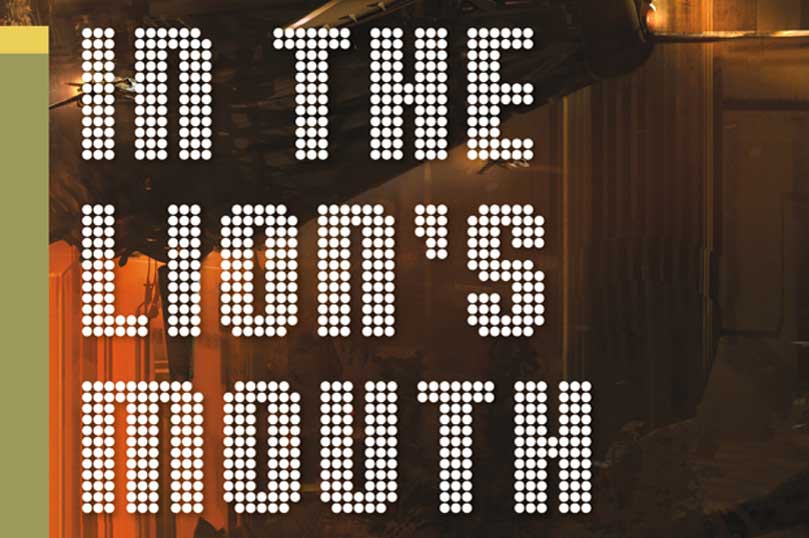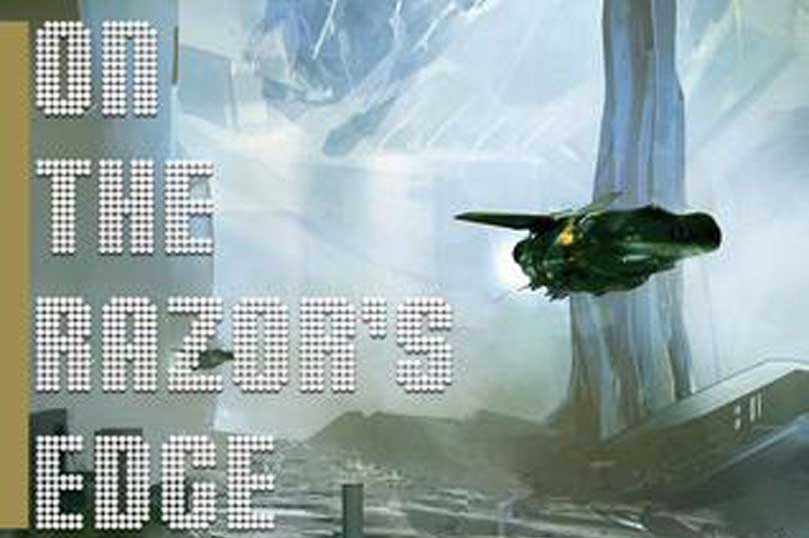
Throwback Thursdays: Why the Future Never Gets the SF Right
Welcome to Throwback Thursdays on the Tor/Forge blog! Every other week, we’re delving into our newsletter archives and sharing some of our favorite posts. In the January 2012 Tor Newsletter, author Michael Flynn examined the problem of science and technology in far-future sci-fi. He decided, in his own words, “to put a banana in the…

